Have you ever been in the audience listening to a speaker and found yourself lost? You weren’t exactly sure where the speaker was going or how the different points in a speech were connected?
There are many possible reasons for such a situation, but one of them is faulty, or non-existent, transitions.
What is a transition?
Transitions are words or sentences that help your audience understand the flow of your speech or presentation. They make it easy for your audience to follow along.
A transition is a signpost that tells the audience where you are going, just like signposts along the highway tell you which direction you are heading. When a speaker says, “You’ve seen what the product can do, let’s now look at market opportunity”, the audience knows that the speaker is leaving one topic and moving on to the next.
A transition can be a single word or a phrase or even a sentence or two. It connects one idea to another and helps the audience follow along. Never forget the curse of knowledge. Things that are obvious to you will not necessarily be obvious to your audience. Transitions can help.
Types of Transitions
There are many types of transitions in a speech or presentation. Below are some of the most common ones, with examples.
The overview
This transition is used to go from the opening of a talk (during which you should have grabbed the audience’s attention) to the main part.
- Today, we will look at the reasons for [X] and what we can do about it.
- In the next 45 minutes, I will share with you four ways that you can [X].
- As a team, we need to [X] for the following three reasons …
Moving between main points
These transitions are used to signal a change between one point and another. Too often, they are absent and the different points blur together.
- The first reason is [X]; the second reason is [Y]; the third reason is [Z]
- Now that we’ve seen the problem, let’s see how we can solve it.
- That was the past; let’s look at what we have planned for the future.
Comparison of similar ideas
Sometimes you will want to compare ideas that are the same or similar. A simple transition can help.
- Likewise …
- Similarly …
- In the same manner …
- In the same way …
- We can also see this …
Comparison contrasting ideas
When comparing contrasting or conflicting ideas, transitions are important to signal a counterargument.
- However …
- But …
- On the other hand …
- On the contrary …
- Nevertheless …
- Notwithstanding the forgoing …
Expanding on a point
If you use several reasons to support a point, transitions such as these are useful:
- Furthermore …
- In addition …
- On top of the that …
- Also …
For emphasis
When you reach a key moment in your presentation, it is essential that the audience understand how important it is.
- And the most important reason is …
- Most importantly …
- Even if we put aside all the other reasons …
- Above all else …
Discussing consequences
If you are discussing a causal relationship between two things or events, use transitions such as the following:
- Therefore …
- As a result …
- As a consequence …
- For these reasons …
To conclude
It is important to transition smoothly from the main body of your speech or presentation to the conclusion. Depending on how long or complex your talk was, you may wish to repeat the main points that you covered.
- In conclusion …
- In summary …
- To sum up …
- I’d like to leave you with …
A word about team presentations
Transitions in a team presentation are important and something that must be practiced. Why? Because the way in which a team performs on stage sends a signal to the audience about the cohesiveness of the team members.
I tell my clients that when the audience watches a team presentation, it wants to see one team, not two or three or four individuals. Yet mistakes are made all the time.
Too often, a speaker will finish his part of the presentation and just signal to his partner to come on stage without a word. Or he will say something banal such as, “I’ll now hand over to my colleague.” It doesn’t look good and it can easily be avoided.
The key points to cover in a transition to the another speaker are as follows:
- Brief conclusion of your part
- Name and position of the next speaker
– If speaking to an audience of strangers, use the first and last name
– If speaking to an audience that already knows the team, you can drop the last name and possibly the position
- Brief statement about what they will cover
A good format is as follows: “I’ve shown you [X]. I’d like to hand over to [NAME and POSITION] to talk about [Y].
Here are some examples:
- “I’ve shown you the challenges that the new legislation poses. Sara Jones, the Head of our Accounting Department, will discuss the steps we’ve taken to adapt.”
- “Now that you’ve heard the reasons for the office move, I’d like to invite Martin Smith, our logistics expert, to explain what we have to do next.”
- “I’ve set out the cost-benefit analysis of the first option. Melanie will now do the same for the second option.”
“In conclusion”
Transitions in a speech or presentation are like the stitching in a fine suit or dress. They take up a relatively small part of the whole and when they work well, you don’t really notice them. But when they are loose and of poor quality, they stick out.
You want your suit or dress to be stitched together properly. You should want the same thing for your speech or presentation.



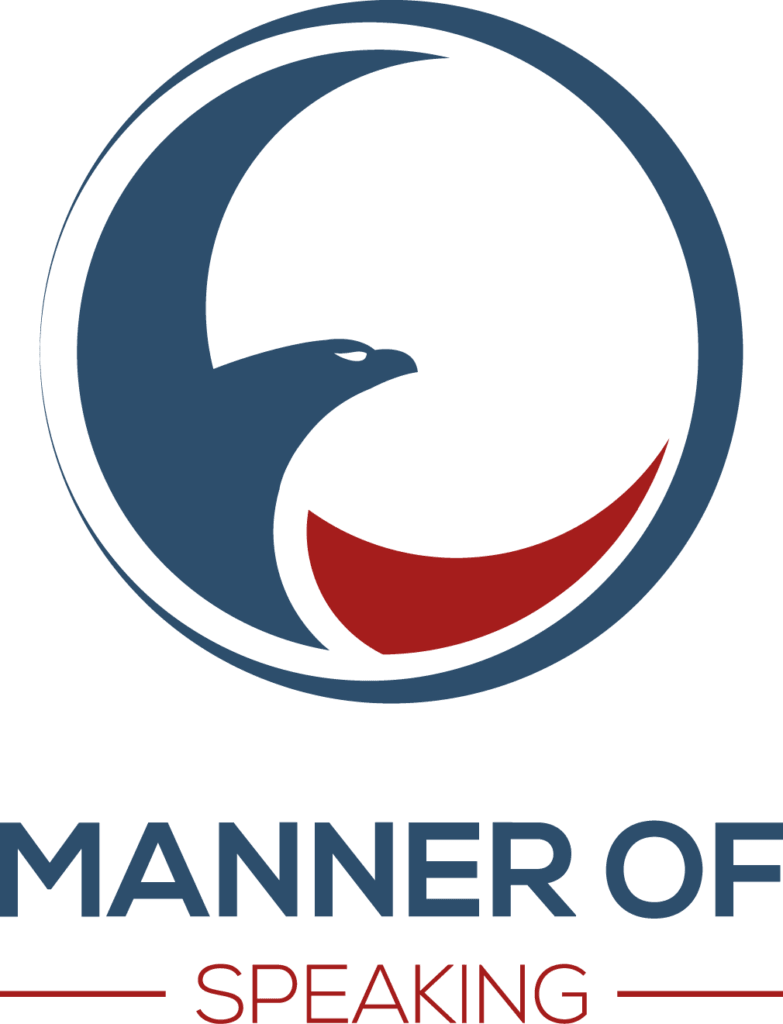




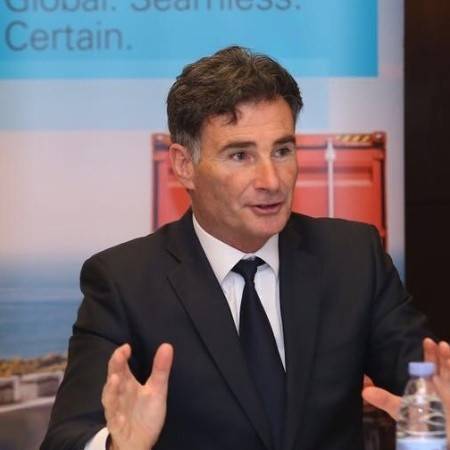


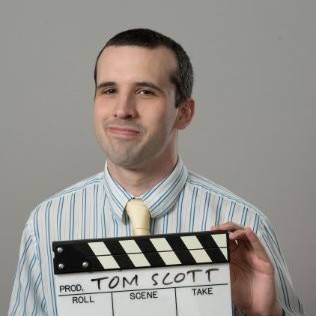

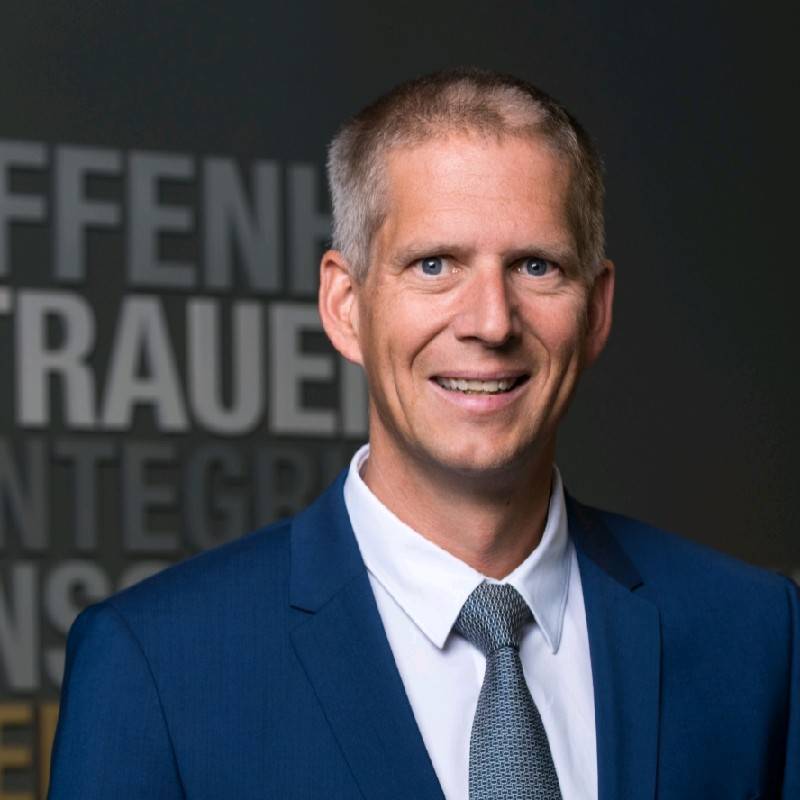

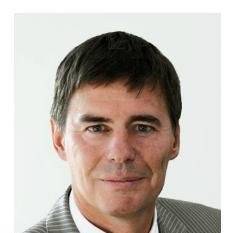

7 Replies to “Transitions in a speech or presentation”
It’s useful to have all the ideas you listed for transitional phrases, so thanks for sharing.
I’d go as far as to say that (as well as the opening and closing) transitions are worth working out in advance, and rehearsing or even scripting. That’s because they’re key to how cohesive and persuasive your whole argument is.
I agree, Craig. All transitions are important. But they are too often overlooked.
Very useful
Thank you.
Pure gold, John!
I call these signposts because they help your audience walk through your reasoning with you.
The only one I hope I never hear is: “Notwithstanding the forgoing” 🤣
Thanks, Lisa. Yes, signposting is the hallmark of a professional speaker.
VERY USEFUL